ericv
TPF Noob!
- Joined
- Jul 15, 2009
- Messages
- 11
- Reaction score
- 0
- Location
- diamond bar
- Can others edit my Photos
- Photos OK to edit
Hi,
when in comes to white balance, is there a way to know that we have correct white balance or is it just based on your eyes?
here is a link to some of my pics, I really appreciate if you could let me know if I have correct white balance or not. I use preset white balance (from grey point) and . I shoot these under 2 mono strobe lights.
Adobe Web Photo Gallery
I appreciate your advises a lot.
EV.
when in comes to white balance, is there a way to know that we have correct white balance or is it just based on your eyes?
here is a link to some of my pics, I really appreciate if you could let me know if I have correct white balance or not. I use preset white balance (from grey point) and . I shoot these under 2 mono strobe lights.
Adobe Web Photo Gallery
I appreciate your advises a lot.
EV.
Last edited:


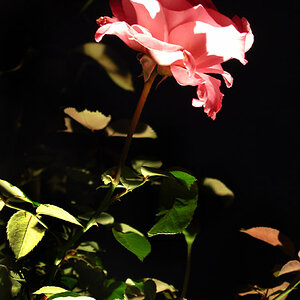
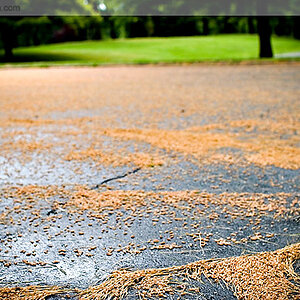
![[No title]](/data/xfmg/thumbnail/32/32004-4455324f0b4b5cc318dd35877147ac47.jpg?1619735148)
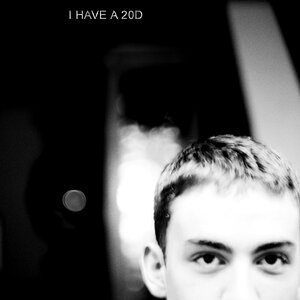
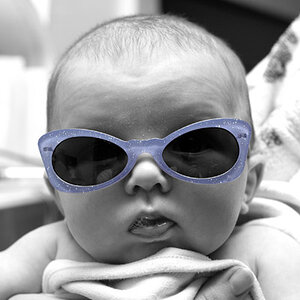
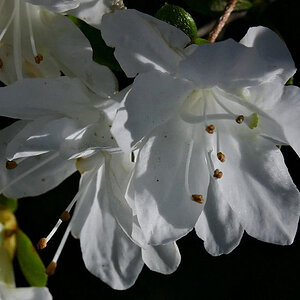
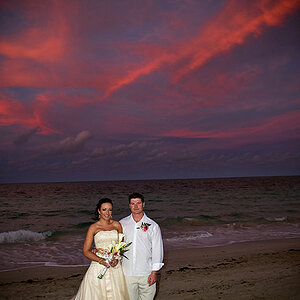
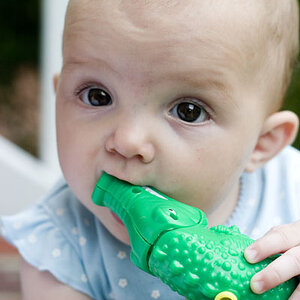
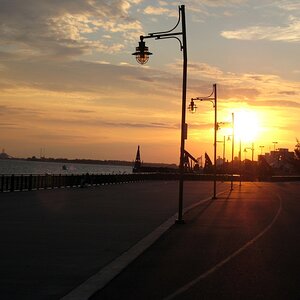
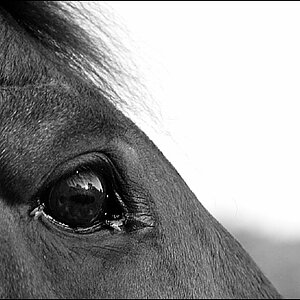
![[No title]](/data/xfmg/thumbnail/35/35868-15d995e4052bf05e2038e8b2a545a08f.jpg?1619737195)
